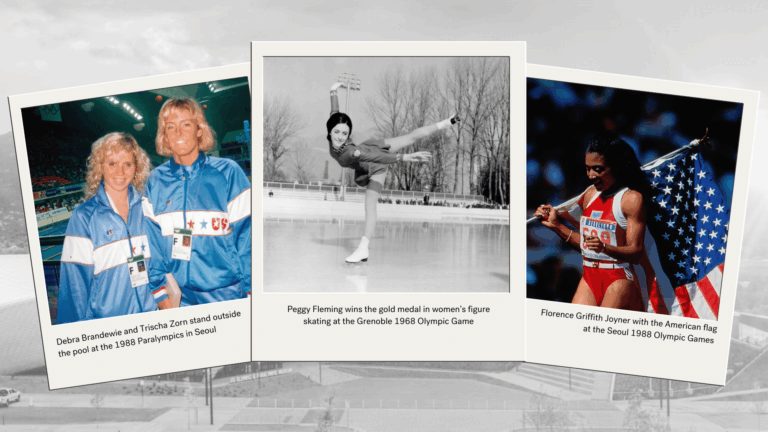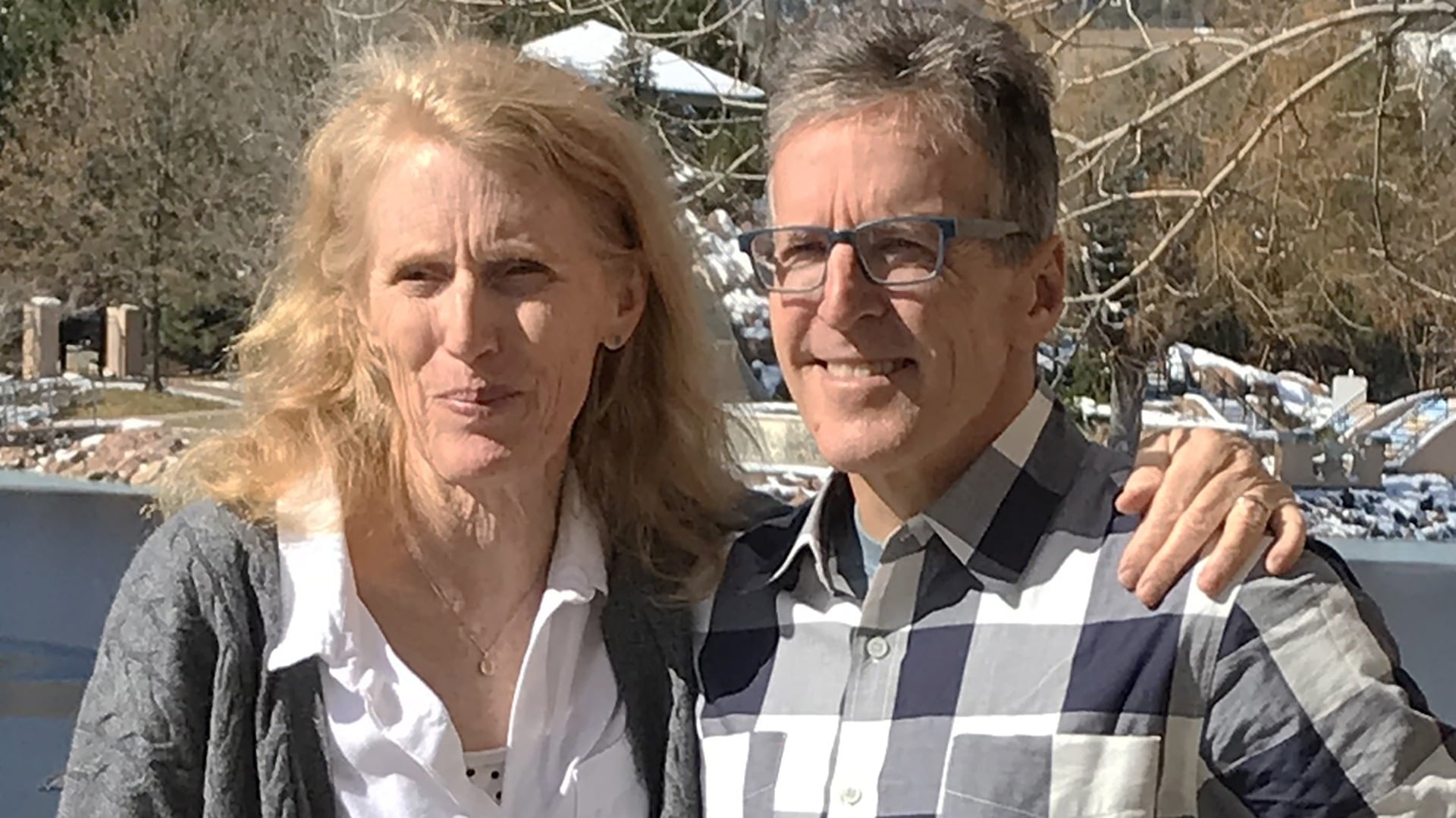

Connie Carpenter-Phinney was 14 years old and in the ninth grade at Sherman Junior High in Madison, Wisconsin, when she traveled halfway around the world to compete in speedskating at the Sapporo 1972 Olympic Winter Games.
“Going to the Olympics, I don’t even think many of the events were even televised,” Carpenter-Phinney said. “So when I came back to ninth grade, I just thought people would think I’d just been away for awhile. I didn’t think they would actually know I had been to the Olympics.
“So when I got off the plane and our little junior high school marching band was there, I was like, ‘Uh oh, I guess they knew where I was.’ ”
“That’s quintessential old school Americana,” said Davis Phinney, Connie’s husband and an Olympic medalist himself. “I love that image. Although I can see you being somewhat mortified.”
Carpenter-Phinney would transition from skating to cycling, becoming an Olympic gold medalist and eventually being inducted into the U.S. Olympic & Paralympic Hall of Fame. The Phinneys’ son, Taylor, is a three-time Olympic cyclist.
While the Phinney family has become immersed in the ways of the Olympics, Carpenter-Phinney said her Olympic debut holds a special place in her memory.
“When I meet teenagers now, I like to sometimes tell them I was on the Olympic team at that age,” she said. “It’s as hard for the teenager to imagine that as it is for their parents: Wow, how is that for your parents. There isn’t a manual that tells you how to be the parent of an Olympian, which we found out because we’re both Olympic athletes and we found out because our son competed in the last three Olympics. … We should be able to write the book on it, but it’s hard.”